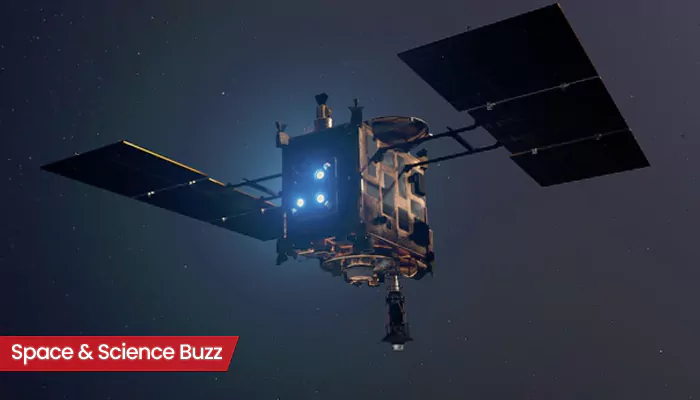Solar Weather Incoming
Solar activity frequently impacts Earth through events like solar flares and coronal mass ejections. Scientists closely monitor the Sun's surface for phenomena
like coronal holes, which are cooler, less dense areas that release solar wind. When a coronal hole is positioned correctly, it can direct a stream of high-speed solar wind toward Earth. If such a stream interacts with our planet's magnetic field, it can generate geomagnetic storms. These storms can lead to auroras, often seen as vibrant displays of light, particularly at higher latitudes. The intensity of these displays depends on the severity of the storm, making predictions crucial for both enthusiasts hoping to witness the phenomenon and operators who need to consider potential effects on technology.
The Butterfly Effect
The structure of the coronal hole is critical to understand the kind of solar events. In this instance, the unusual, 'butterfly-shaped' coronal hole caught the attention of scientists. This specific configuration may release a more focused solar wind, potentially amplifying its effects on Earth's magnetic field. It's believed that this particular event might have a noteworthy impact, possibly triggering auroras. While pinpointing the exact intensity is tricky, the possibility of a sizable geomagnetic storm is a focus of ongoing observation. Scientists constantly watch solar activity to improve forecasts and comprehend the complex relationship between the sun and Earth’s magnetosphere.
Aurora Borealis/Australis
Geomagnetic storms can have visually striking effects. When solar particles interact with the Earth's atmosphere, they excite gases, causing them to glow. The outcome is the mesmerizing dance of colors known as the aurora. Different gases emit different colors, and the most common are green (oxygen) and red (oxygen at higher altitudes), alongside blues and purples (nitrogen). The location of auroras is dependent on the strength of the storm and the location. During severe storms, the auroral oval expands, which can lead to these natural light shows at latitudes lower than their typical range. Individuals in areas that rarely witness auroras may have the opportunity to observe them during such events.
Impact and Monitoring
Beyond the visual beauty of the auroras, geomagnetic storms can also impact technology. The increased electrical currents induced by solar wind can disrupt satellite operations, radio communications, and power grids. Space weather forecasters constantly monitor solar activity, including coronal holes, to issue warnings that allow operators to prepare for potential problems. Data from satellites and ground-based observatories helps build a complete picture of the solar-terrestrial interactions. The information helps scientists and engineers develop more effective mitigation strategies to reduce the adverse effects of these space weather events on critical infrastructures.
Looking Ahead
Predicting space weather events remains an area of active research. However, as forecasting techniques improve, so does the ability to understand how the sun’s activity affects our planet. The 'butterfly-shaped' coronal hole serves as a reminder of the complex nature of solar-terrestrial relations. Continued research into space weather aims to enhance our understanding and predictive capabilities, which in turn, help us protect and prepare for the upcoming phenomena. The upcoming auroras, if they materialize, may give observers the opportunity to witness the interplay between solar events and our atmospheric environment.









